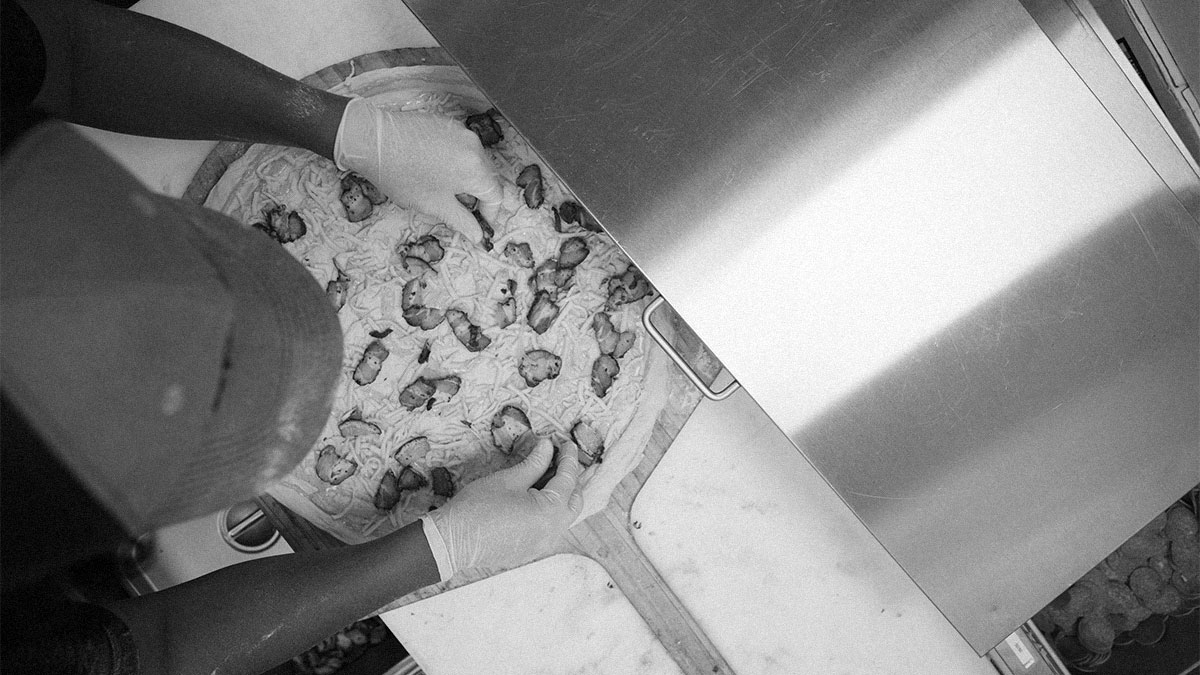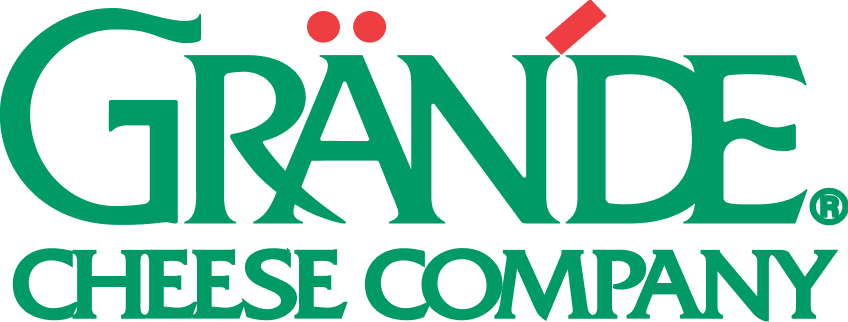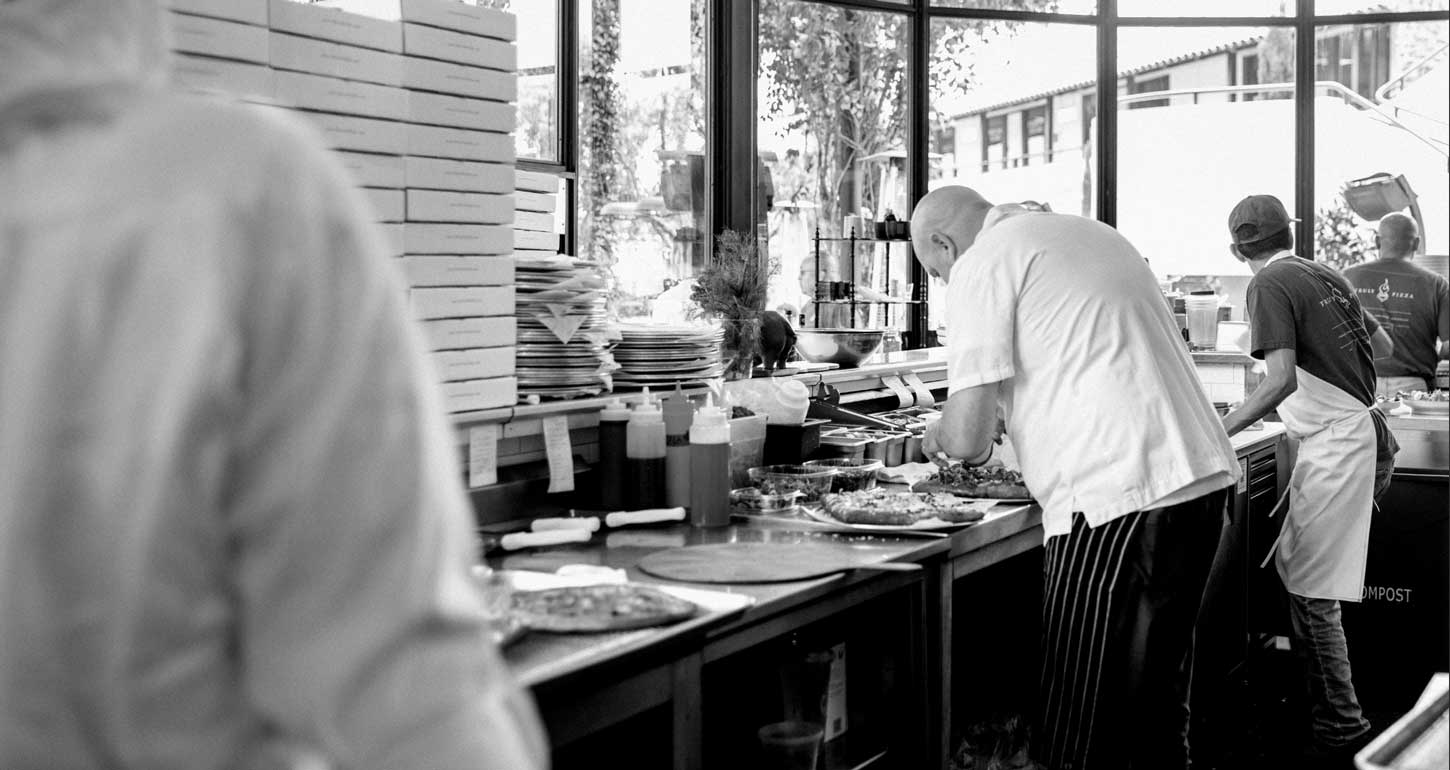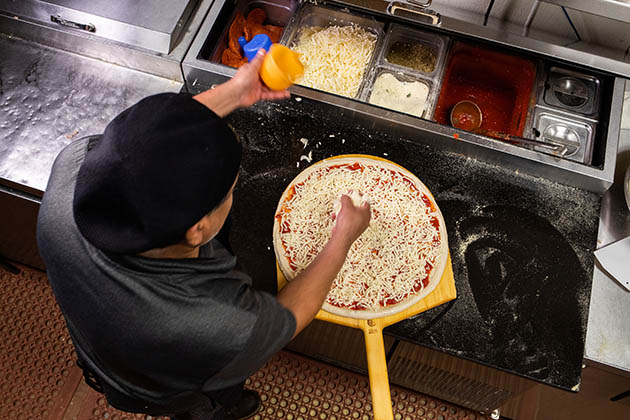The price of cheese is determined by a wide variety of factors, including many influences that are outside of the control of manufacturers and distributors. Energy costs to produce and refrigerate the cheese, worldwide demand, and the cost of feed for the cows are just a few factors considered in the pricing of cheese.
Changes in supply & demand can be driven by many factors, including:
Generally, cheese inventories build in the first half of the year and decrease in the latter half of the year.
Cows don’t like to be hot. A few weeks of hot and humid weather can reduce milk production by around 10% or more, reducing the amount of milk and cheese available.
Dairy cows eat about 65 pounds of corn and silage daily. If feed prices are high dairy farmers may sell cows to manage profitability, reducing the supply of milk available.
14-17% of all US milk production is exported each year, and that percentage continues to grow. The dairy economies of the world can impact the US dairy markets and pricing.
A 1% swing in consumer demand can toggle America’s cheese needs by more than 100 million pounds. When cheese inventories are high, the US government may get involved.
The European Union is the largest milk producer in the global market. When global inventories are low, especially in the EU, there will be increased demand to buy dairy products from the US.
How can restaurant operators plan for changing prices?

A 100-Percenter exclusive, the Grande Cheese app features a turnkey menu cost analysis tool.

Controlling portions is critical to ensure that you, your staff and your customers always know what to expect – the best pizza!



